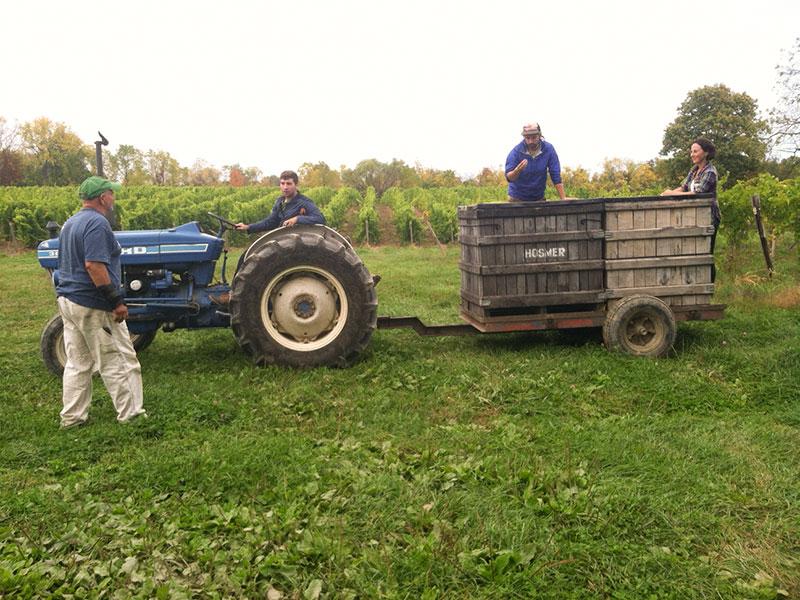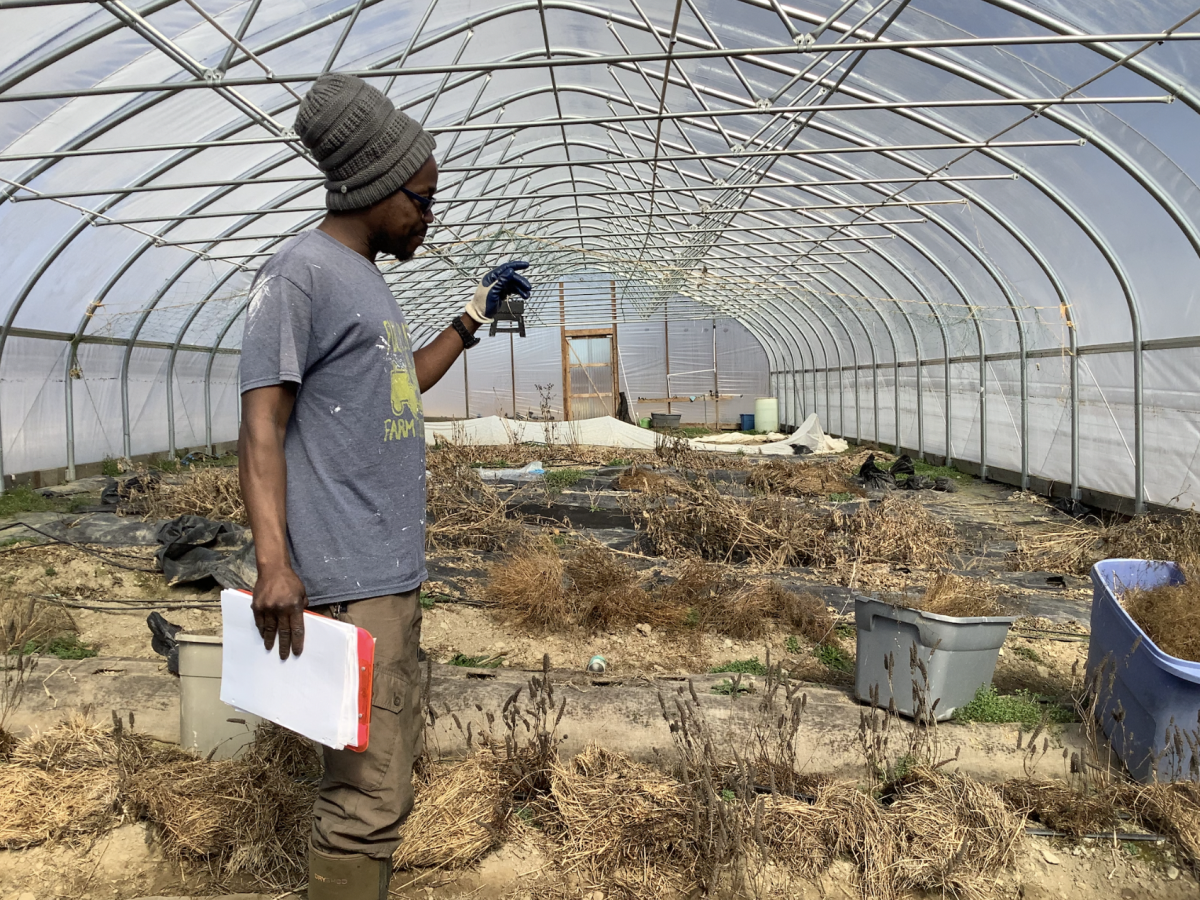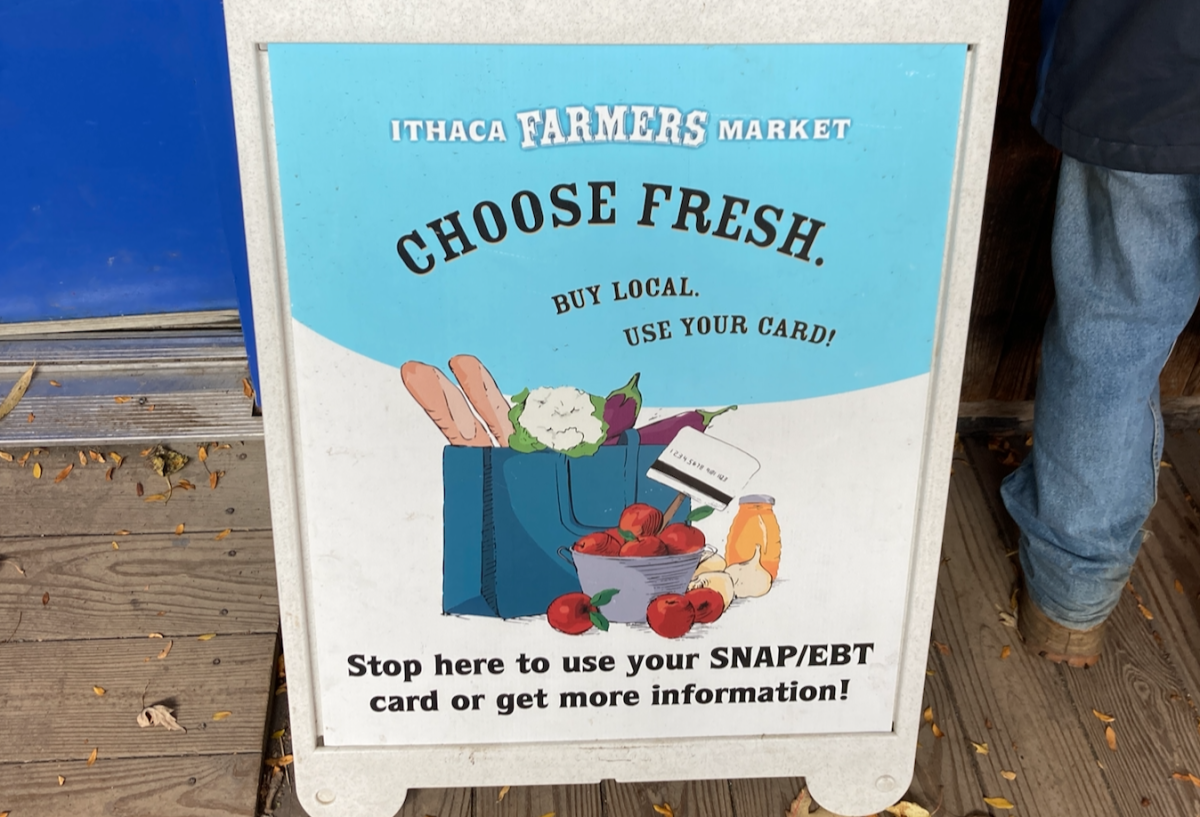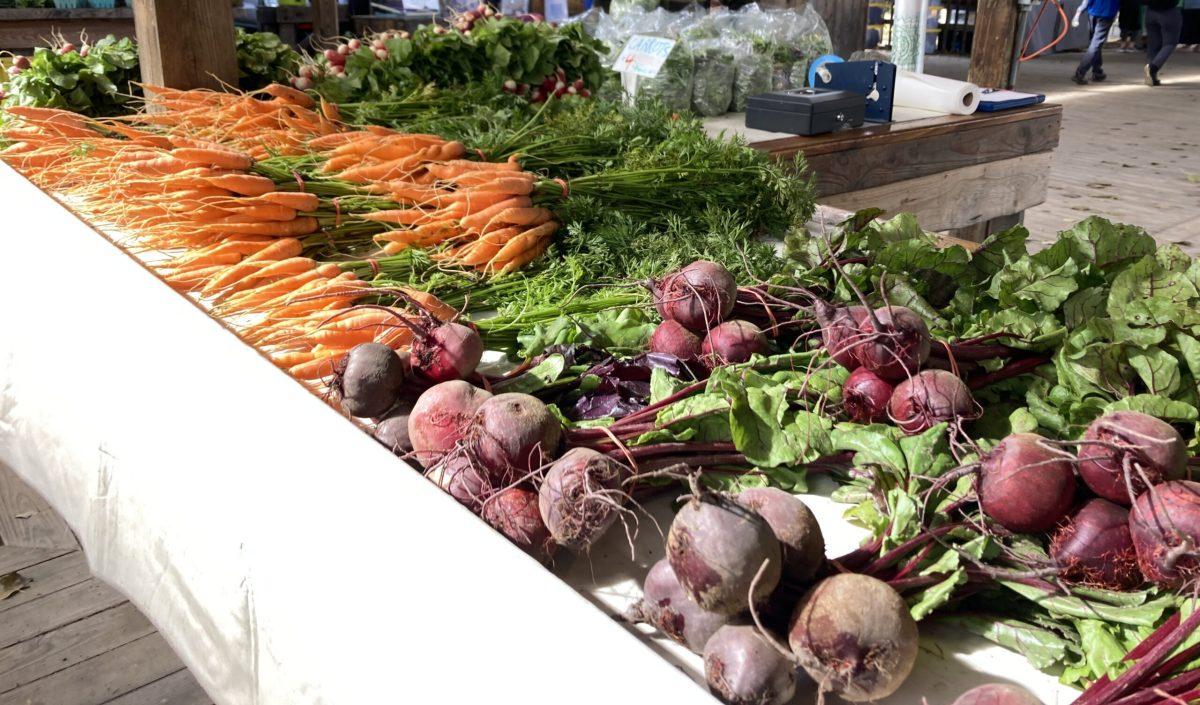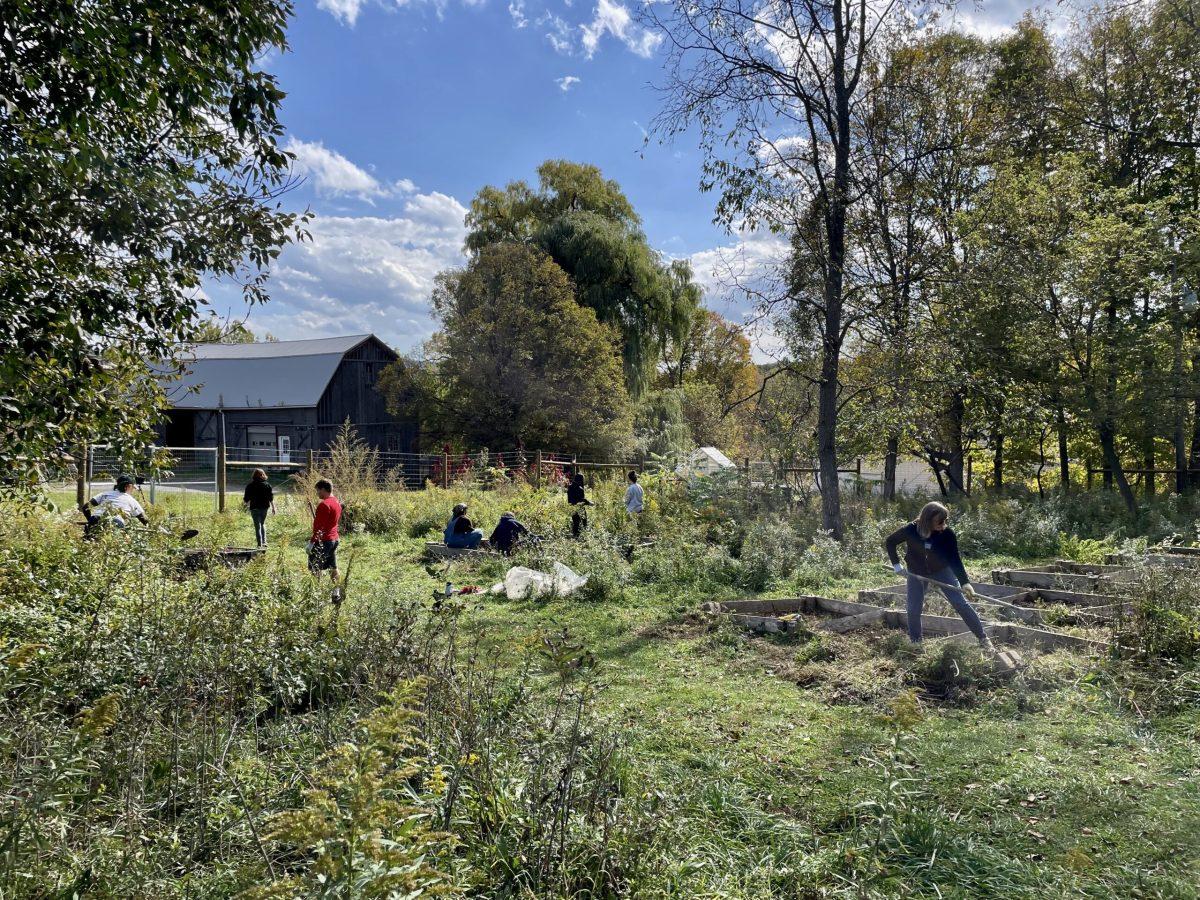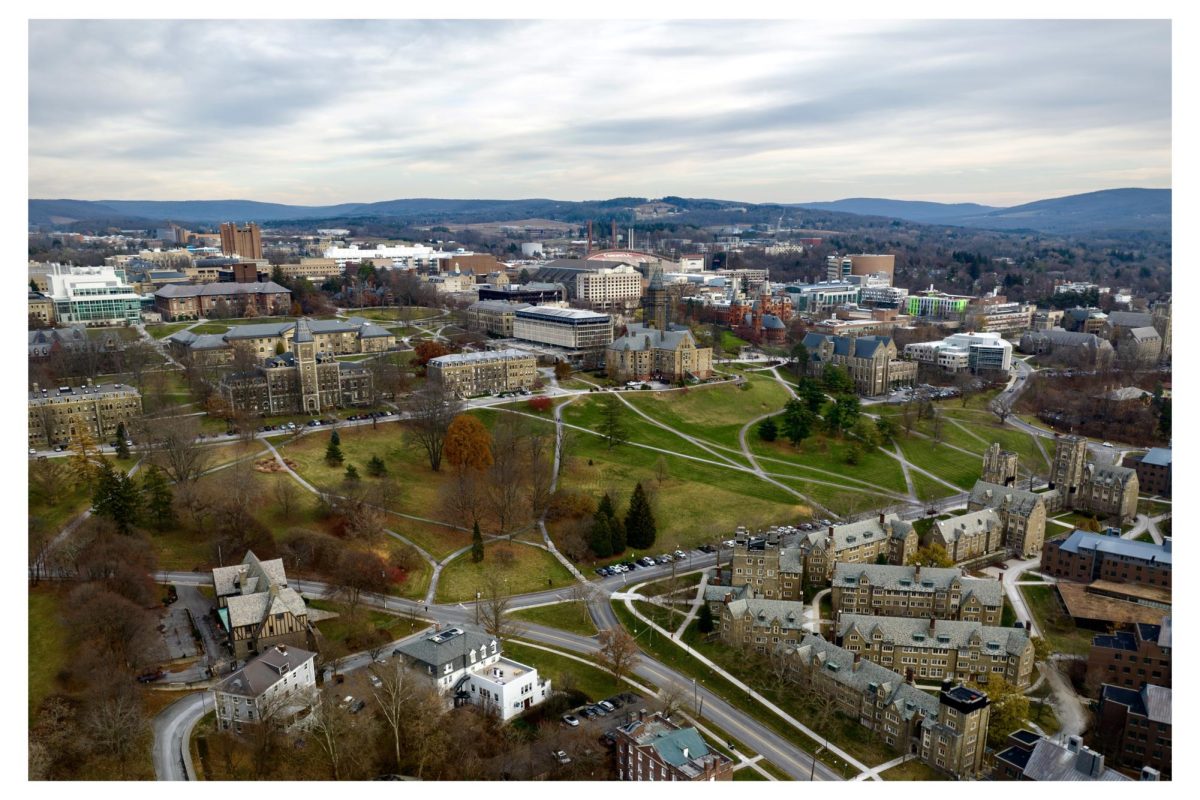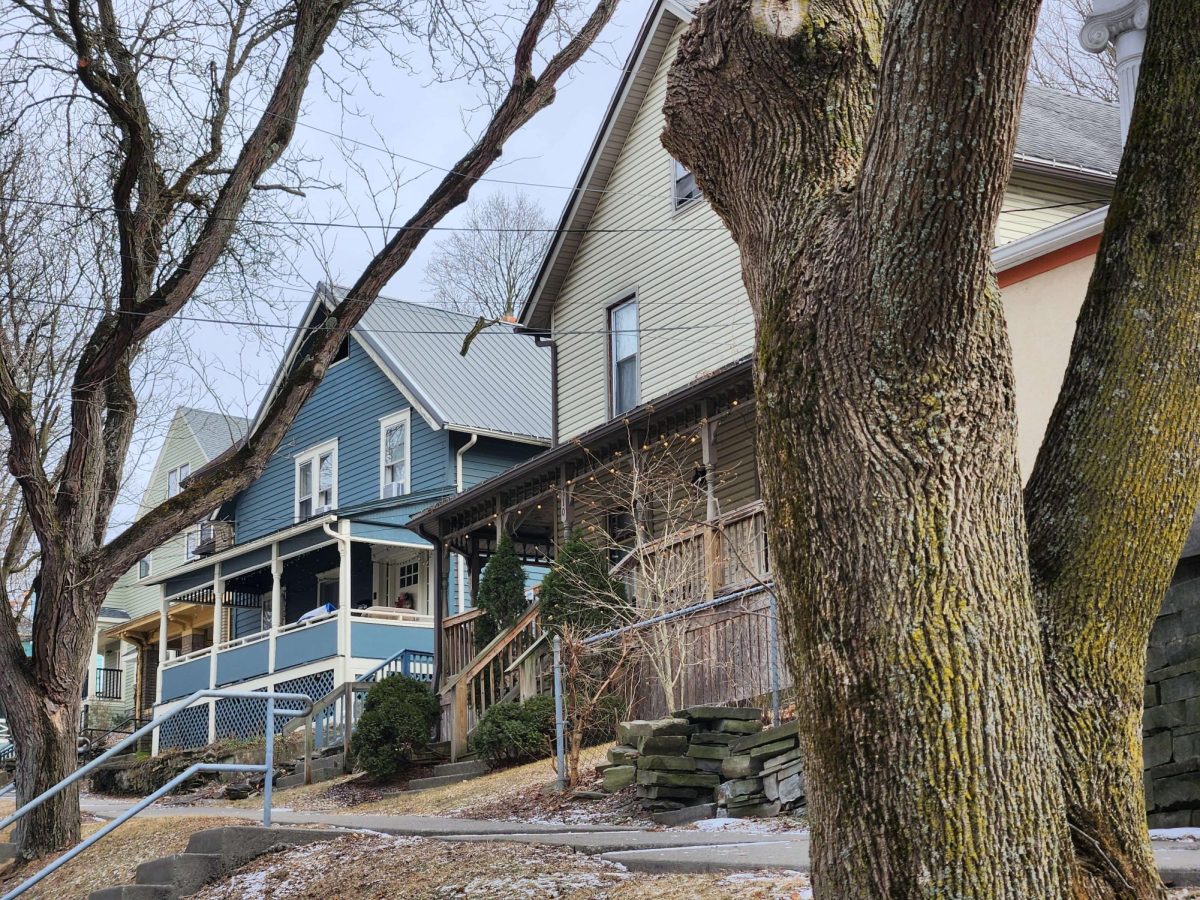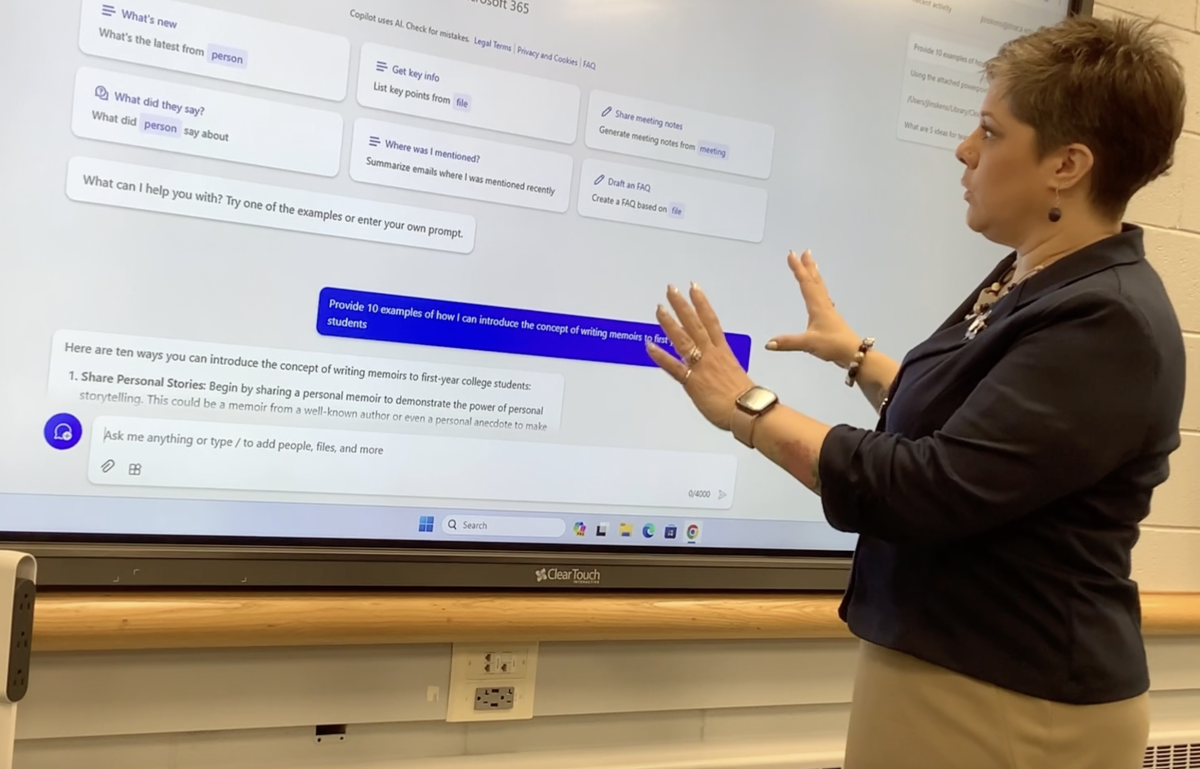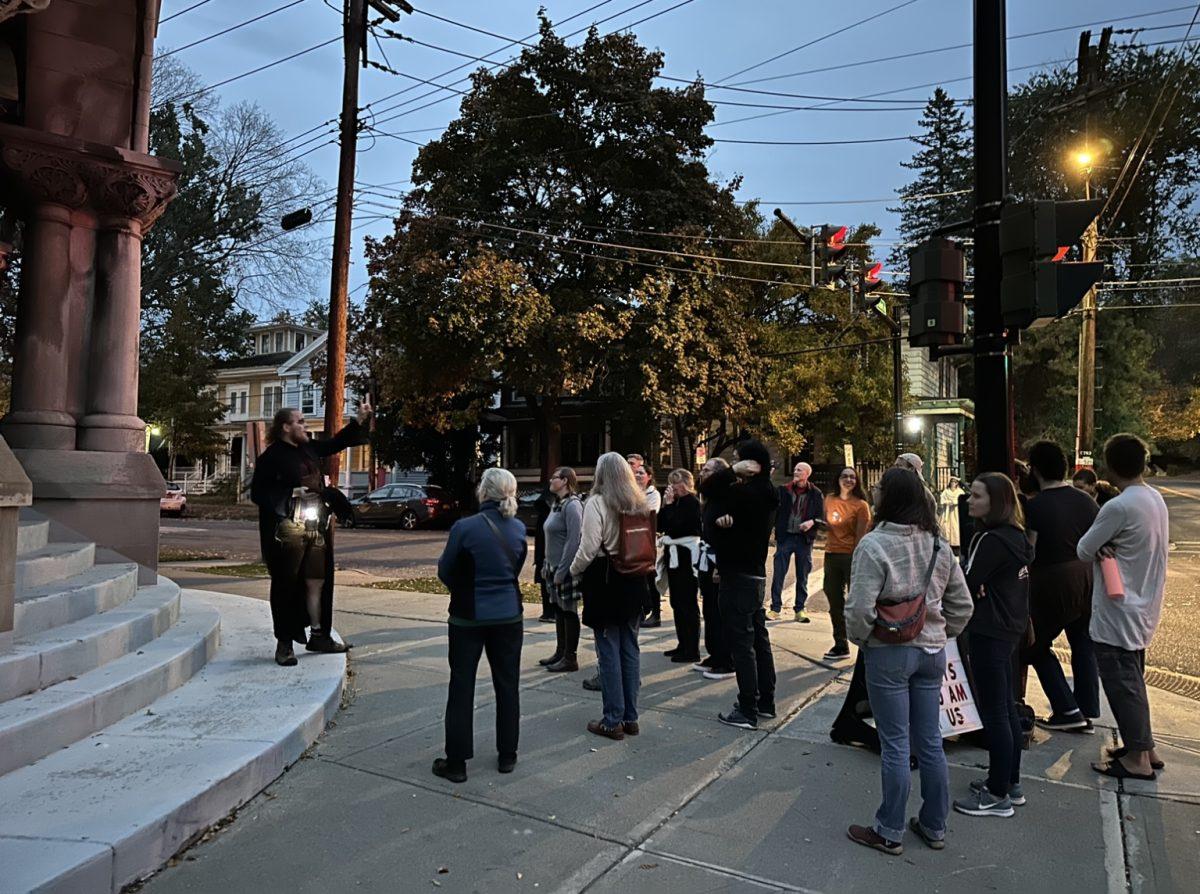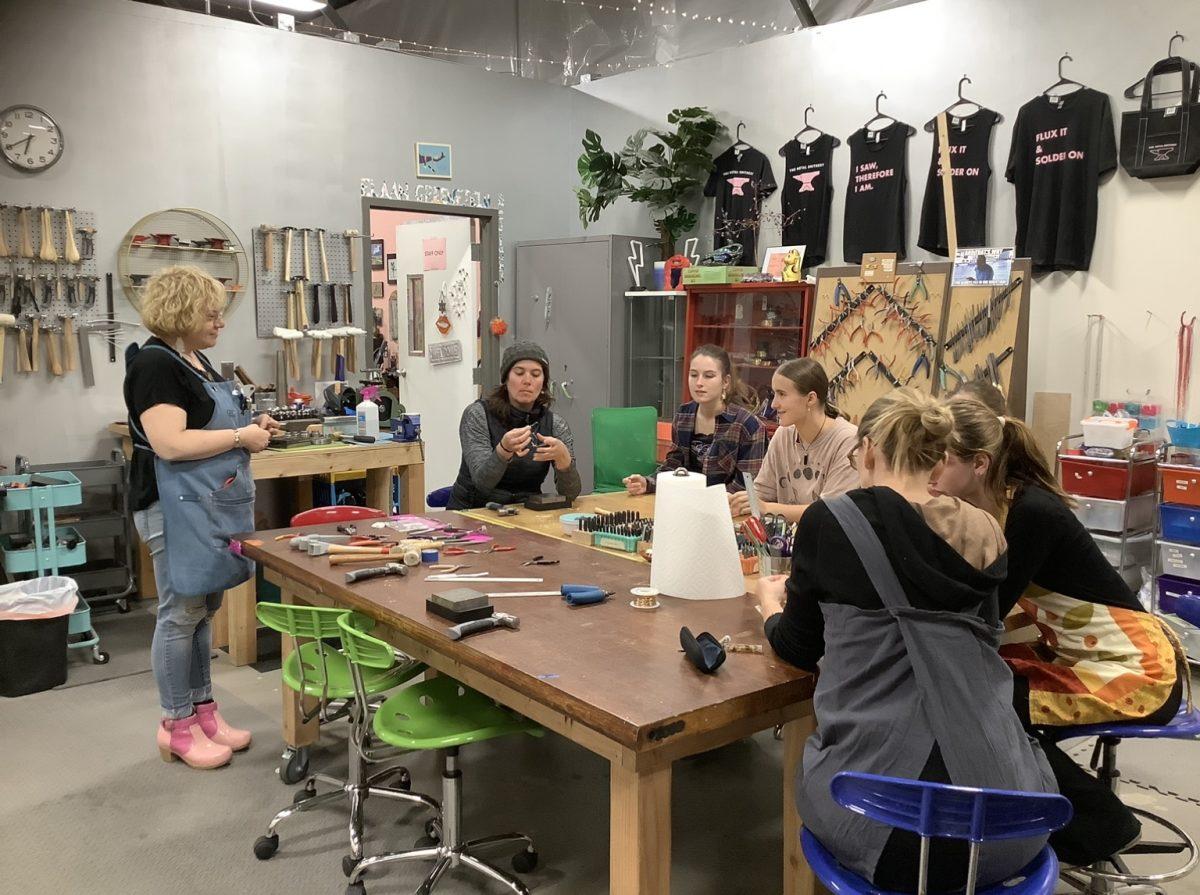With record-low temperatures throughout winter 2014, Finger Lakes wineries are now seeing a smaller yield of their product. However, winemakers say ideal temperatures in September have led to a heightened quality of grapes this harvest season.
“The warm sunny days are great to speed up ripening and cool nights are ideal for flavor development,” Jim Trezise, president of the New York State Wine and Grape Foundation, said. “The weather couldn’t have been better.”
Scott Osborn, president of Fox Run Vineyards in Penn Yan, New York, said he saw a 70 percent loss in his other grape varieties, but his Chardonnay grapes were saved by the balanced climate of the past month.
Aaron Roisen, winemaker at Hosmer Winery in Ovid, New York, said even though there is a smaller crop, the winemaking process is being positively affected by the recent weather habits.
“The sugar levels are really high in most varieties because the crop is down quite a bit,” Roisen said. “Some years you’re not favored the luxury of natural ripening.”
Since Labor Day, wineries throughout the Finger Lakes have been reporting a smaller yield compared to last year. The 2013 harvest saw a record-setting season for New York State, bringing in 200,000 tons of grapes. According to Trezise, the 2014 harvest is below average.
“We haven’t had a polar vortex-style winter since 2004,” Cameron Hosmer, owner of Hosmer Winery, said. “It’s just the first time in ten years we’ve had a winter like this one.”
Hosmer’s greatest loss was in the Sauvignon Blanc variety. In 2013, the Hosmer’s harvested 18 tons of grapes from their vines, this year only one and a half. Hosmer said the damages throughout the Finger Lakes would be site specific.
Trezise said location played a big part in the amount of winter injury the grapevines saw.
“It really depends on north, south, east and west,” Trezise said. “The northern ends of the lakes, up by Geneva on Seneca Lake, were hit much harder than down by Watkins Glen. The vineyards that are on the eastern sides of the lakes that have a western sun exposure, did better than the ones on the west side of the lakes.”
Trezise said the eastern sides of the lakes receive more lake effect benefits and have longer exposure to warm air and sunshine.
Most wineries suffered from “bud kill”, where the buds, or what become grape clusters, are killed due to the low temperatures. Trezise said this is much more manageable than when the grapevines die.
“If you have bud kill you just have a smaller crop for that year,” Trezise said. “If you have vine kill then it takes you five years to recover because you have to pull out the dead vines, prepare the land, plant the new vines and wait four years for a new crop.”
Grapevines are a tough crop because they can withstand five to 10 below zero degrees Fahrenheit, Trezise said. The snow helped tremendously in insulating the vines, Hosmer added.
Vincent Altiperi, owner and winemaker at Billsboro Winery in Geneva, New York, said he and his team are making changes to their harvest process.
“We’ve already made adjustments to the vineyards — reducing crop load and leaf pulling,” Altiperi said. “We’re just trying to anticipate as best we can knowing the season was a bit cool and things are delayed. Every year you make a little different style of wine, so this is probably not going to be a year where you have big, high alcohol bold reds.”
Altiperi said previous successful harvests will allow wineries to maintain their stock, even if this year is less bountiful.
“Even with some damage or major damage, most wineries are going to survive,” Altiperi said. “It definitely could’ve been worse. It always could be worse.”

